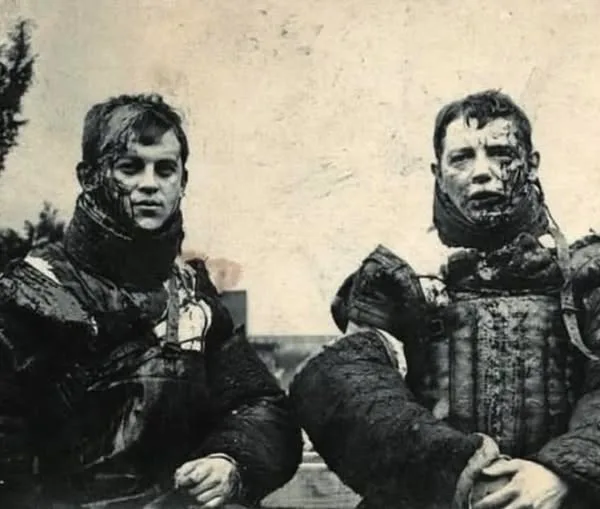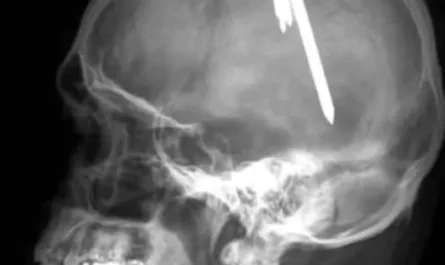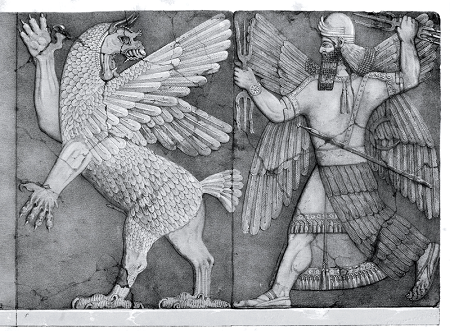At first glance, the sight of a young man proudly displaying a jagged scar across his cheek might seem unusual—even extreme. Yet, in early 20th-century Germany, such dueling scars, known as Schmiss, were not disfigurements but coveted badges of honor. Around 1900, this tradition, rooted in the ritualized practice of academic fencing or Mensur, flourished among elite university students. Far from random violence, these duels were a structured rite of passage, reflecting values of courage, discipline, and social status. This blog post delves into the history, practice, and cultural significance of dueling scars, offering a glimpse into a bygone era where honor was literally etched onto the skin.

The Tradition of Mensur
The practice of Mensur traces its origins to the late medieval period, evolving into a formalized ritual by the 19th century within Germany’s Studentenverbindungen—university fraternities that emphasized camaraderie, academic excellence, and noble ideals. By 1900, prestigious institutions like Heidelberg, Leipzig, and Tübingen became hotspots for this tradition. Unlike duels driven by personal vendettas, Mensur was a controlled exercise where participants, often from aristocratic or aspiring bourgeois families, demonstrated their mettle.
Participants donned protective clothing—padded jackets, gloves, and sometimes goggles—yet deliberately left their faces exposed. Armed with sharp Schläger blades, they stood stationary, exchanging a predetermined number of strikes under strict supervision. The objective was not to defeat an opponent but to endure the blows with composure, showcasing bravery and resilience. A scar resulting from these encounters was a tangible proof of one’s participation and unflinching spirit.
The Cultural Significance of the Schmiss
The Schmiss, typically a slash across the cheek or forehead, became a symbol of manhood and elite status. In a society where physical courage was revered, these marks elevated a student’s reputation among peers and beyond. Many who emerged unscathed would even reopen wounds or exaggerate injuries to ensure they carried this visible emblem of honor. This practice was so ingrained that, in aristocratic and military circles, a dueling scar could enhance one’s prospects, signaling readiness for leadership roles in politics or the armed forces.
The scars were not merely physical; they represented a cultural narrative. In an era marked by rigid social hierarchies and national pride, the Schmiss distinguished its bearer as part of an exclusive brotherhood, reinforcing the fraternity’s role as a training ground for future elites. Photographs from the time often depict young men posing proudly, their scars prominently displayed, a testament to their willingness to uphold tradition.
The Decline of the Practice
Despite its prominence around 1900, the tradition began to wane after World War I. The war’s devastation shifted societal values toward pacifism, and the Weimar Republic introduced legal restrictions to curb such activities. The Nazi regime further intervened, seeking to control or co-opt the fraternities for its own ends, though many resisted. By the mid-20th century, Mensur had largely faded, surviving only in a ceremonial, less violent form among a few traditional groups. Today, it serves as a historical curiosity rather than a living practice.
A Window into the Past
The dueling scars of early 20th-century Germany offer a fascinating lens into a world where honor, tradition, and resilience were paramount. They reflect a time when young men willingly risked disfigurement to prove their worth, a stark contrast to modern values of safety and individualism. While the practice has vanished, its legacy endures in historical accounts, museum exhibits, and the occasional nostalgic reference in German culture.
Conclusion
The Schmiss of the Mensur duels stands as a unique chapter in history, blending ritual, bravery, and social signaling. As we look back, these scars tell a story of a society that wore its values on its sleeve—or more accurately, on its face. Though the tradition has faded, it remains a compelling reminder of how deeply cultural ideals can shape even the most personal aspects of life.





